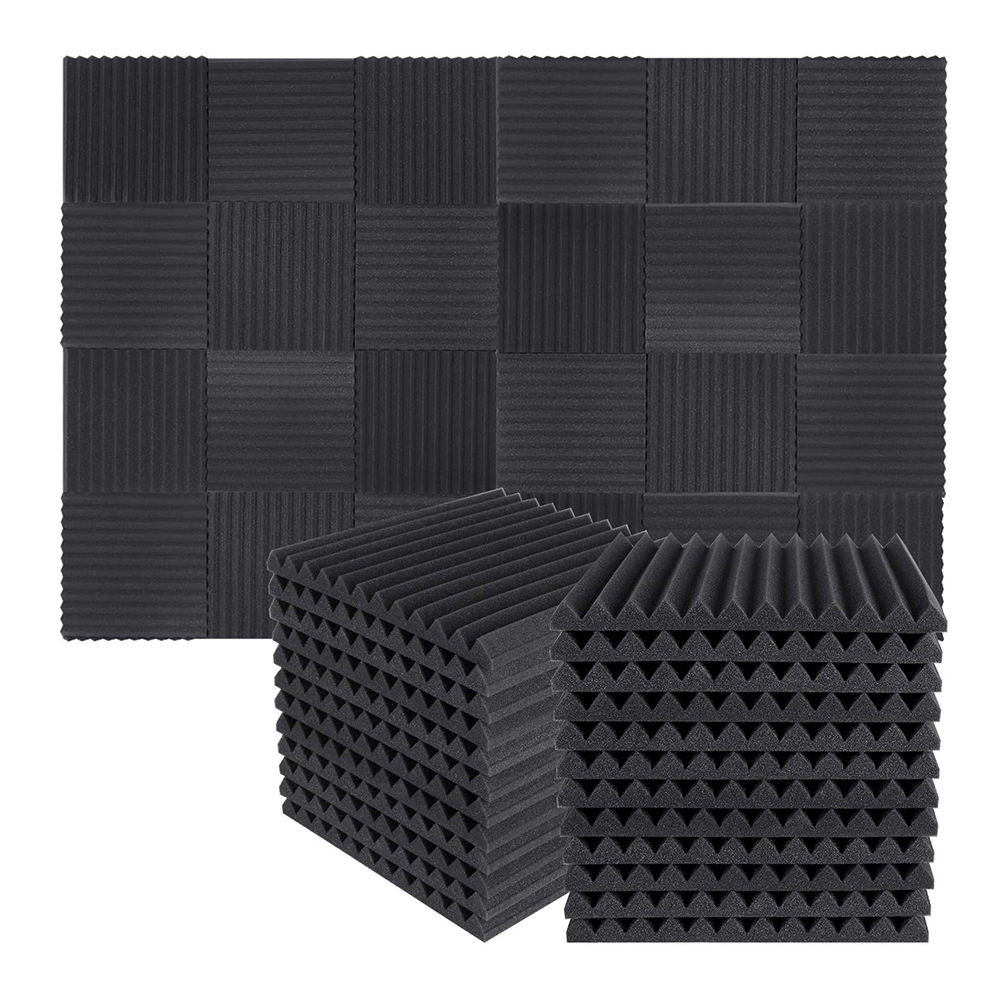Do Acoustic Panels Absorb Bass Sound? 5 Facts You Need to Know
Acoustic panels are widely known for their effectiveness in improving sound quality within a room, but a common question arises: do acoustic panels absorb bass sound? Understanding the answer can significantly enhance your room's acoustic performance, especially if you're dealing with home theaters, recording studios, or simply improving your audio setup at home. In this article, we’ll uncover five key facts you must know about acoustic panels and bass absorption to help you make informed decisions for your acoustic needs.

Fact 1: Standard Acoustic Panels Are Less Effective at Absorbing Low Frequencies
It’s crucial to first understand that standard acoustic panels, typically made from foam or fiberglass, excel at absorbing mid and high-frequency sounds (e.g., human speech, echoes, and reflections), but they struggle significantly with lower frequencies or bass sounds. Bass frequencies typically range from about 20Hz to 250Hz, and these wavelengths are considerably longer, making them harder to absorb effectively.
-
Typical acoustic panel effectiveness:
-
High frequencies (above 1000 Hz): very effective.
-
Mid frequencies (250–1000 Hz): moderately effective.
-
Low frequencies (below 250 Hz): minimally effective.
-
A panel designed primarily for mid to high frequencies will not adequately manage bass problems alone.
Fact 2: Thickness Matters for Bass Absorption
The effectiveness of acoustic panels at absorbing bass is highly dependent on thickness. The thicker the panel, the better it can absorb low-frequency sounds. Typically, standard acoustic panels of 1–2 inches thick are insufficient for absorbing bass effectively. For noticeable bass absorption, panels of at least 4–6 inches thick or greater are necessary.
-
Recommended thicknesses for bass absorption:
-
2 inches or less: Poor bass absorption.
-
4 inches: Moderate bass absorption, but still limited.
-
6 inches or more: Noticeably improved bass absorption.
-
Using thinner panels means you'll likely need supplementary solutions for proper bass control.
Fact 3: Placement of Acoustic Panels Affects Bass Absorption
Even if you use thick panels, the placement significantly impacts their effectiveness. Bass frequencies often accumulate or build up in specific locations called "bass buildup" or "standing waves." Placing acoustic panels correctly can mitigate these issues substantially.
-
Best places to position bass-absorbing panels:
-
Corners of the room (ceiling corners and wall corners).
-
Directly behind speakers and listening positions.
-
Opposite reflective walls to minimize standing waves.
-
Correct placement ensures maximum absorption of problematic bass frequencies and enhances the overall acoustics.
Fact 4: Bass Traps Are Specifically Designed for Bass Frequencies
If your primary goal is to absorb bass effectively, bass traps rather than standard acoustic panels are the ideal solution. Bass traps differ in structure and design; typically, they are much thicker, denser, and placed strategically to handle the unique characteristics of bass frequencies. Bass traps usually consist of dense fiberglass, mineral wool, or specialized foam, specifically designed to absorb low frequencies.
-
Types of bass traps:
-
Corner bass traps: Triangular-shaped for optimal corner placement.
-
Panel bass traps: Thicker rectangular panels for walls.
-
Tuned resonators: Custom-designed to target specific frequencies.
-
In short, while acoustic panels contribute to overall sound quality, dedicated bass traps are necessary for controlling bass effectively.
Fact 5: Combination Approaches Provide the Best Results
To effectively manage bass frequencies, a combination of acoustic panels and bass traps typically yields the best results. Using standard acoustic panels to handle mid and high frequencies and dedicated bass traps for low frequencies creates a balanced, comprehensive acoustic treatment solution.
-
Ideal acoustic treatment setup:
-
Use acoustic panels (1–2 inches thick) for mid/high frequencies.
-
Place bass traps (4–6+ inches thick) strategically in corners and problem areas.
-
Adjust placement according to room dimensions, furniture arrangement, and speaker positioning.
-
This approach ensures a balanced acoustic environment that is neither overly dull nor harsh.
Conclusion
In answering the question, "do acoustic panels absorb bass sound?", the short answer is: standard acoustic panels have limited effectiveness for bass frequencies. For serious bass absorption, thicker acoustic treatments, correct placement, and specifically designed bass traps are essential. Understanding these five key facts allows you to choose the best combination of acoustic treatments, ultimately enhancing your room’s audio experience significantly.
If you found this article helpful, please share it with others dealing with similar acoustic challenges. We’d love to hear about your acoustic treatment experiences or questions—leave a comment below and subscribe for more practical audio improvement tips!

